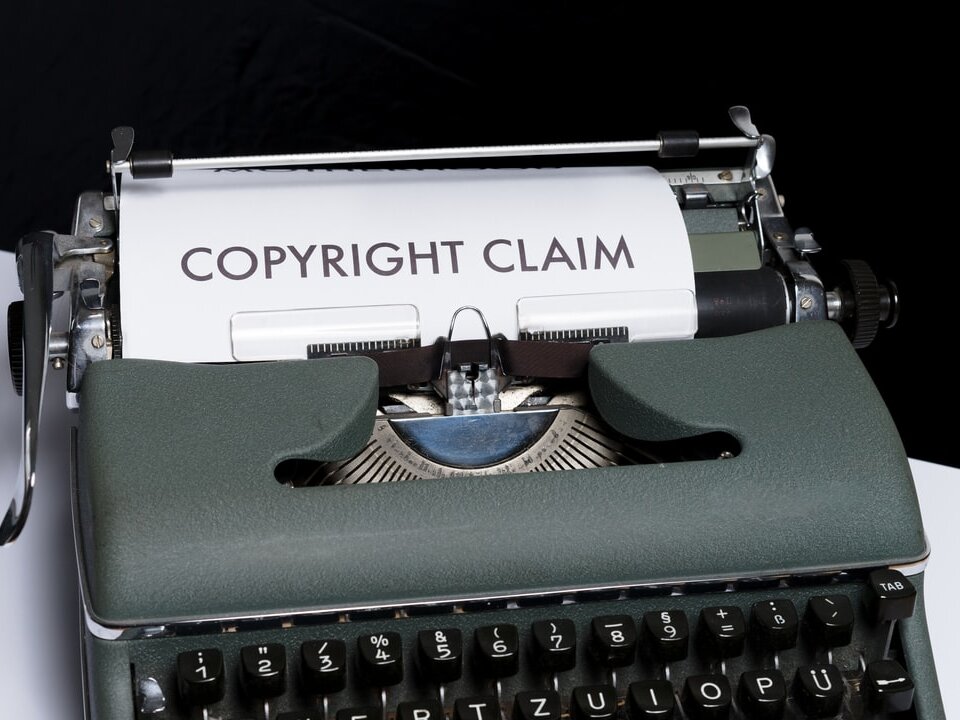
Copyright, Citations, Use of Information
Copyright is the legal protection of one’s original work. The protection begins when an individual creates a written or recorded product from their idea. This protection gives the author the right to decide how, when, and by whom the product can be reproduced or used for a specific amount of time with certain limitations. Copyright and, more specifically, the fair use of copyrighted materials is extremely relevant to K-12 education as using portions of copyrighted materials for educational purposes can be legal. Resources, even copyrighted ones, are valuable to the educational community and serve as catalysts to learning as teachers strive not to reinvent the wheel. The difficulty lies in determining what is considered fair use, and often educators and students lack the knowledge to do so. This knowledge is vital as access to the internet, and advanced technologies require teachers and students to make more decisions on the use of information than ever before. When it is legal to use copyrighted materials, it is still essential to give credit to the source of the material giving rise to the importance of knowing how to cite one’s sources properly. If credit is not attributed to the rightful owner, this leads to plagiarism. Plagiarism is when an individual uses the ideas of another as their own. By knowing how to legally use materials for educational purposes without plagiarizing, academic community members become good stewards of information.